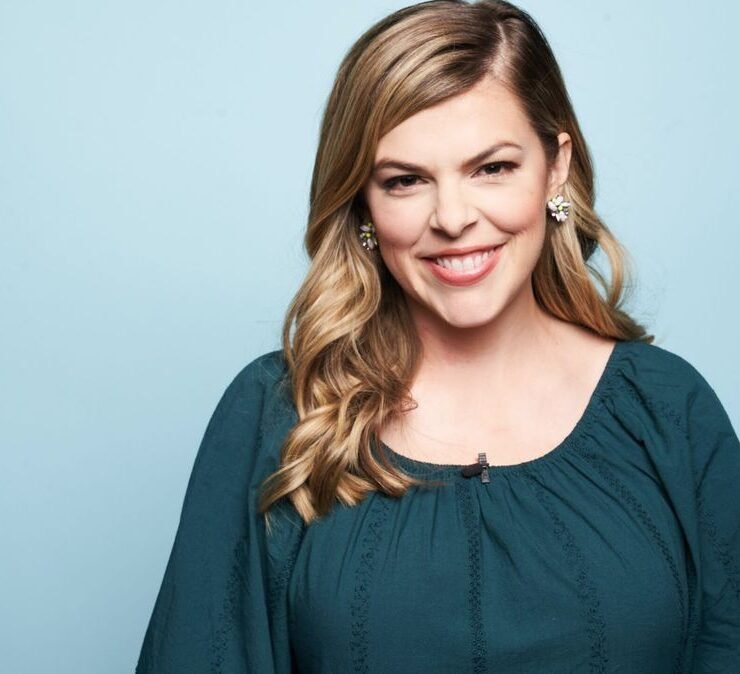The Gay Legacy of Frankenstein

David-Elijah Nahmod is an American/Israeli of Syrian descent who has…
James Whale (1889-1957) was a gay man, and that may have contributed to the collapse of his career in the late 1930s. However, at the dawn of that decade, the filmmaker was riding high. His 1930 World War I drama Journey’s End had been a smash hit, so Universal Studios executives gave him carte blanche to pick his own projects. He chose Frankenstein, the 1818 morality fable by Mary Wollstonecraft Shelley.
In Whale’s Frankenstein, Boris Karloff played the Monster as a frightened, angry man-child who desperately yearns to be accepted by a world which is repulsed by him. It is now believed that the Monster, as conceived by Whale, was the director expressing his own frustration over how gays were treated by society. Karloff’s remarkable performance has many layers of nuance, which allows the audience to peek inside the Monster’s tortured soul.
Related Article: Have a Healthy Halloween Without Giving Up Candy!
The film was a success, grossing $12 million, a great deal of money in the early 30s. A sequel was inevitable. Bride of Frankenstein (1935) further explored the first film’s themes of loneliness and isolation. This time out, the Monster (Karloff) demands that his creator, Dr. Frankenstein (Colin Clive, also returning from the first film) give him a mate. Together with Dr. Praetorius (Ernest Thesiger) one of his old medical school professors, Frankenstein sets out to create a bride.
Bride of Frankenstein is a dark comedy, filled with graveyard humor and an obvious gay subtext. As portrayed by Thesiger, Dr. Praetorius is a screaming, effeminate queen who cringes at the sight of women and stares longingly at his male pupil. The entire film is acted at a fever pitch, with over-the-top line readings and dramatic gestures that recall the early days of silent cinema. When we meet the monstrous Bride (Elsa Lanchester), she is clad in a long, flowing white gown. Her dark hair sports a jarring white streak which is shaped like a lightning bolt. Her lipstick and eye shadow are laid on thick. The Bride is, for all intent and purposes, a drag queen. Watching Bride of Frankenstein today, it is hard to imagine that 1935 audiences failed to see the obvious: that this was the work of an unashamed gay filmmaker.

The following year, Whale directed a film adaptation of the classic musical Showboat. The all-star cast included legendary African American actor/singer Paul Robeson. Showboat was also a major hit, yet within five years, James Whale was unemployable.
Over the years, many film historians have speculated that Whale’s openness regarding his homosexuality may have cost him his career. Little is known about he spent his remaining years. The biopic Gods and Monsters (1998) portrayed Whale (Sir Ian McKellan) as a broken man, haunted by the memories of his past successes. In an interview included on the G&M DVD, actress Gloria Stuart, who worked with Whale during his heyday, recalled going to visit him during the 1950s. She met him on the front lawn of his house, but was never invited inside. The former colleagues never spoke again, though Stuart often spoke of him as a genius.
Related Article: TV’s Newest Horror Host Stan the Mechanic
Nearly 90 years after they were made, Frankenstein and Bride of Frankenstein have lost none of their power. Karloff’s lonely monster continues to tug at our heartstrings, even as he frightens. Whale’s vision made both films timeless classics.
In addition to DVD and Blu Ray, Frankenstein is streaming at YouTube and Google Play. Also on DVD and Blu Ray, Bride of Frankenstein streams at You Tube and Vudu.
Happy Halloween!
What's Your Reaction?
David-Elijah Nahmod is an American/Israeli of Syrian descent who has lived in New York City and Tel Aviv. Currently in San Francisco, his eclectic writing career has included LGBTQ and Jewish publications, and monster magazines. Follow him on Facebook: https://www.facebook.com/David-Elijah-Nahmod-Author-633417923400442/ and Twitter:DavidElijahN










